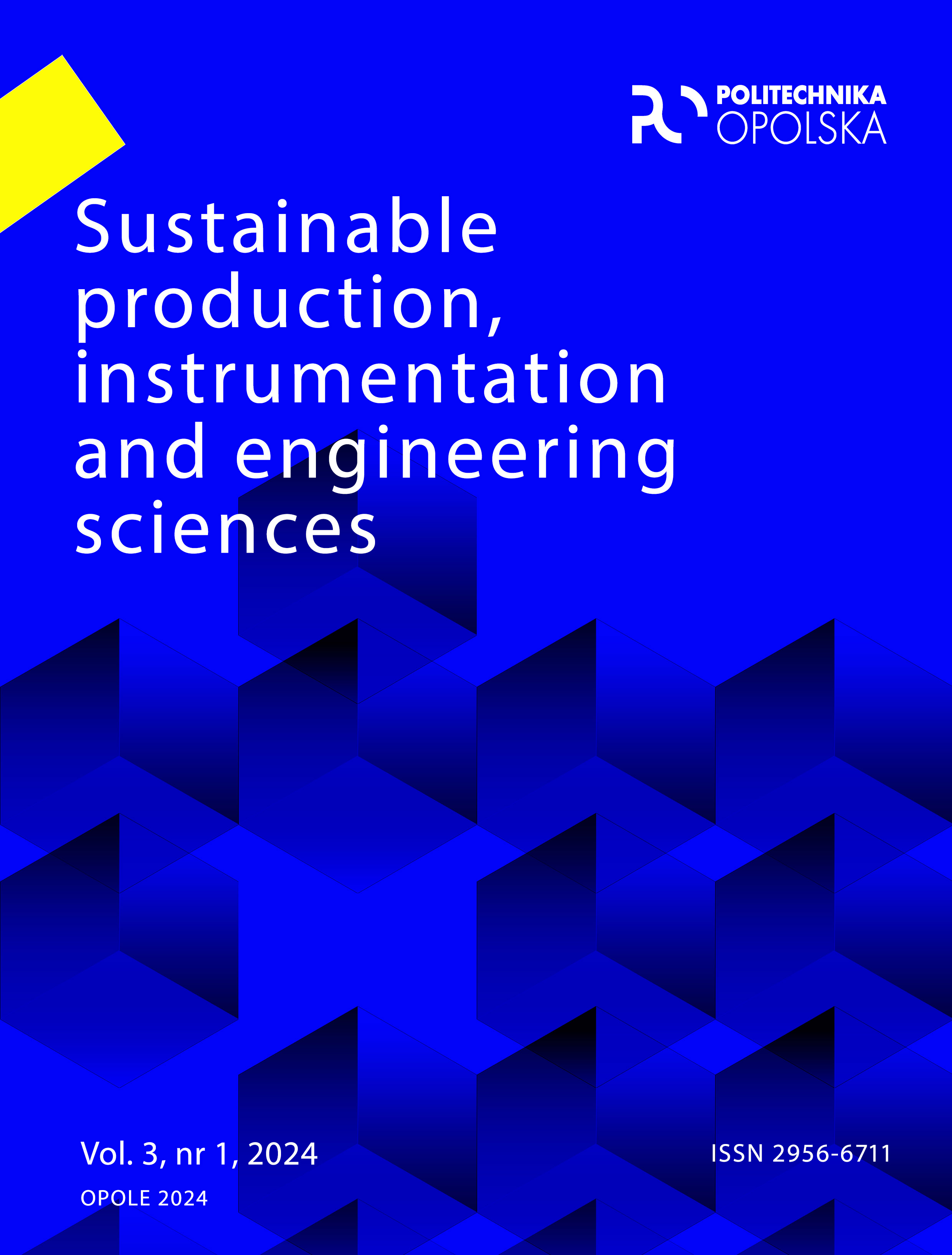The influence of layer height on the quality of 3D print for selected construction materials
Keywords:
3D printing, material strength, surface roughnessAbstract
Typical rapid prototyping is based on additive manufacturing techniques. Although the phenomenon of adhesion is dominant in additive techniques, their characteristic feature is a layered deposition of material. Prototype design poses a specific challenge for technologists. The very essence of the concept of prototype implies that we are dealing with something new, which means that there is usually no prior knowledge or experience. Documentation must be simplified and often present alternative solutions. The physical properties of materials from which a part, device or machine will be produced are not always clearly defined. Obviously, the cost of producing a prototype also plays an important role; however, it is difficult to estimate at the prototype design stage. This work presents the development of 3D additive technologies, machines used in additive manufacturing processes, and materials used for printing.
The aim of this study was to examine the layer thickness of 3D printed samples for strength and surface accuracy. Tests were performed on a Zwick/Roell Z150 testing machine. The results of selected surface roughness parameters obtained with Hommel-Etamic’s T8000 RC120-400 profilometer were analyzed. Relevant conclusions were drawn.
Downloads
Published
Issue
Section
License
Copyright (c) 2025 Sustainable production, instrumentation and engineering sciences

This work is licensed under a Creative Commons Attribution-NonCommercial-NoDerivatives 4.0 International License.


